Poland’s ambitious plan to build the strongest military and economy under Donald Tusk
- Update Time : Monday, April 28, 2025
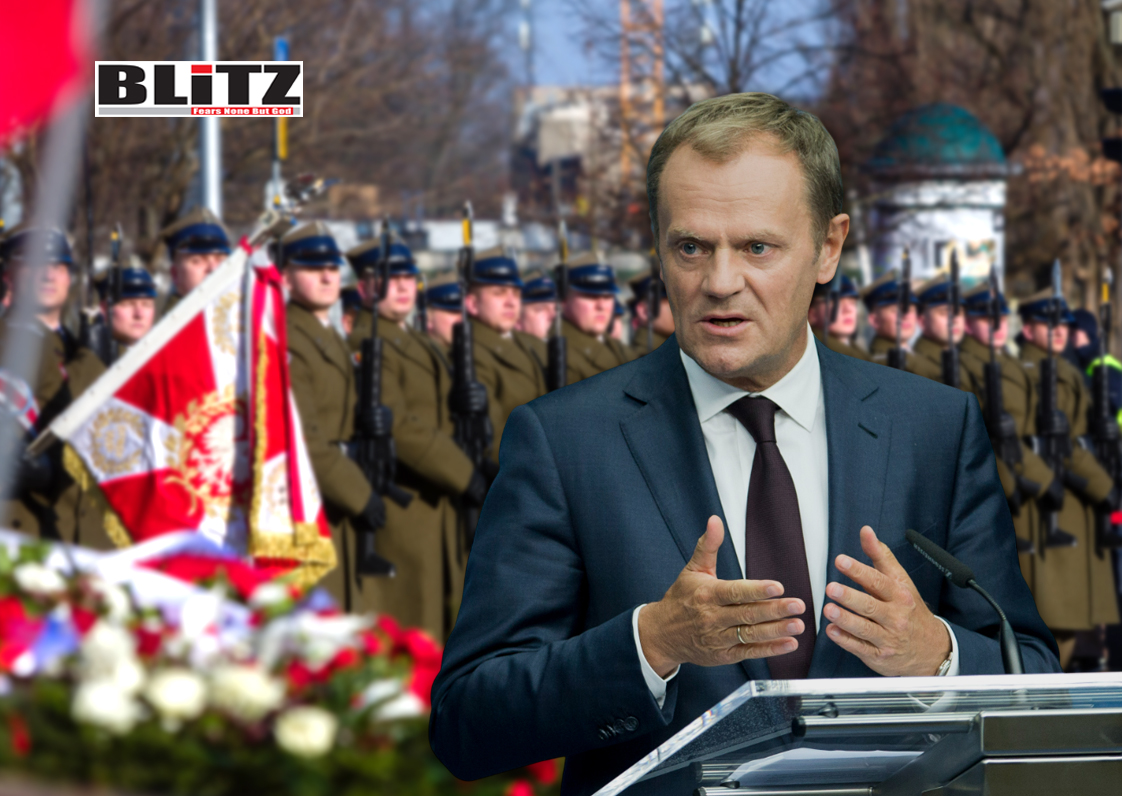
In a landmark speech commemorating the 1,000th anniversary of the establishment of the Kingdom of Poland, Prime Minister Donald Tusk laid out an ambitious vision for the country’s future – one centered around military strength, economic prosperity, and political influence. Speaking from Gniezno, the city where King Boleslaw the Brave was crowned a millennium ago, Tusk presented what he called the National Piast Doctrine, a comprehensive plan to elevate Poland to the status of a regional superpower.
“We will have the strongest army in the region,” Tusk declared with emphasis. “Don’t say it’s impossible.” His bold statement underlines a strategic pivot for Poland, which has already been one of Europe’s most vocal proponents of military strengthening since the onset of the Ukraine conflict in 2022. Tusk argued that Poland must be prepared to face threats from any direction – east, west, or south – and insisted that the country must learn from the “tragic, dramatic experience” of the war unfolding just across its eastern border.
The Piast Doctrine, named after Poland’s first historical ruling dynasty, rests on three interconnected pillars: military supremacy, economic leadership, and political influence. Tusk’s speech outlined each pillar in detail, offering a glimpse into how Warsaw aims to reshape its future and its role in the international order.
Poland’s military ambitions under Tusk are striking in their scope. The country has already undertaken one of the largest rearmament programs in Europe, purchasing modern equipment from the United States and South Korea, including F-35 fighter jets, Abrams tanks, and K2 Black Panther tanks. Yet Tusk’s new doctrine suggests that even these efforts will accelerate.
“We must overcome any threat,” Tusk said, framing military investment as a non-negotiable national priority. The underlying motivation is clear: to deter any possible aggression, especially in light of Russia’s ongoing military activities in Ukraine. Poland’s historical vulnerability to invasions from both east and west continues to inform its national psyche, and Tusk is tapping into that deep-seated concern to build public support for a larger and more capable armed force.
The prospect of hosting elements of the US nuclear arsenal, however, has been more contentious. Reports suggest that Polish President Andrzej Duda proposed to Washington that it consider relocating some of its nuclear weapons closer to Russia – specifically, to Polish territory. The idea has met resistance in the United States. Vice President J.D. Vance remarked he would be “shocked” if President Donald Trump, should he return to office, would ever approve such a move. The nuclear question highlights a potential tension between Warsaw’s strategic ambitions and Washington’s broader calculus on European security.
The second pillar of the Piast Doctrine is economic transformation. Tusk spoke with remarkable confidence about Poland’s trajectory, describing the country as being “one step away” from becoming recognized globally as an “economic miracle.”
Poland’s economic performance over the past two decades has indeed been impressive. Since joining the European Union in 2004, it has experienced robust GDP growth, attracted foreign investment, and diversified its industrial base. Today, Poland stands as one of the largest economies in Central and Eastern Europe, with strong manufacturing, IT, and service sectors.
Yet Tusk envisions going further. He wants Poland not only to match but to outpace its regional neighbors – to become, unequivocally, the economic powerhouse of Central and Eastern Europe. Part of this strategy involves capitalizing on Ukraine’s eventual post-war reconstruction. Poland aims to position itself as a logistical and economic hub for rebuilding efforts, providing goods, services, and infrastructure support to a devastated Ukraine – and profiting handsomely in the process.
However, Tusk also warned that this economic vision would require “brutally” protecting Poland’s interests. His use of such language signals a shift toward a more assertive, and perhaps less accommodating, approach to international trade and investment partnerships.
The third pillar – political influence – highlights Tusk’s intention to not only fortify Poland internally but also enhance its clout externally. He emphasized the need for strong relations with the country’s “most important ally,” the United States.
Poland’s loyalty to Washington has been a consistent feature of its foreign policy, particularly after Russia’s annexation of Crimea in 2014 and the subsequent invasion of Ukraine. Polish leaders have frequently advocated for stronger US engagement in European security and have pushed for more American troops and military assets to be stationed on Polish soil.
Tusk’s doctrine appears to double down on this Atlanticist approach. He believes that by strengthening ties with Washington and playing an active role within NATO and the EU, Poland can magnify its voice on the world stage.
However, Poland’s growing militarization and assertive rhetoric could introduce new frictions within the EU, where not all member states share Warsaw’s hawkish outlook. Germany and France, for instance, have periodically expressed concern about NATO’s escalation dynamics with Russia. Poland’s insistence on military buildup and nuclear hosting could complicate intra-European diplomacy.
Despite the grand vision, several hurdles remain. Domestically, Poland’s political landscape is fractured, with tensions between Tusk’s government and the more nationalist opposition forces. Public opinion, while generally supportive of a strong defense, could shift if militarization leads to higher taxes, conscription debates, or increased foreign tensions.
Internationally, Poland risks becoming over-reliant on the United States at a time when American foreign policy priorities could change, depending heavily on the outcome of the 2024 US presidential election. Furthermore, closer cooperation with Washington might alienate some EU partners, undermining Warsaw’s parallel ambition to boost its influence within Europe.
Lastly, Poland’s generous support for Ukraine – both in aid and refugee acceptance – has begun to encounter domestic fatigue. Polls suggest that initial enthusiasm has cooled as the long-term costs of the refugee influx and military assistance mount.
Donald Tusk’s Piast Doctrine is a bold and sweeping plan for Poland’s future. It reflects a nation determined to escape the shadows of its turbulent past and carve out a position of strength in a volatile world.
However, transforming that vision into reality will require navigating serious economic, political, and diplomatic challenges. Whether Poland can indeed become the region’s strongest military power and an economic “miracle” admired worldwide remains to be seen. What is certain, however, is that under Tusk’s leadership, Poland intends to try – with all the intensity that its history, geography, and aspirations demand.


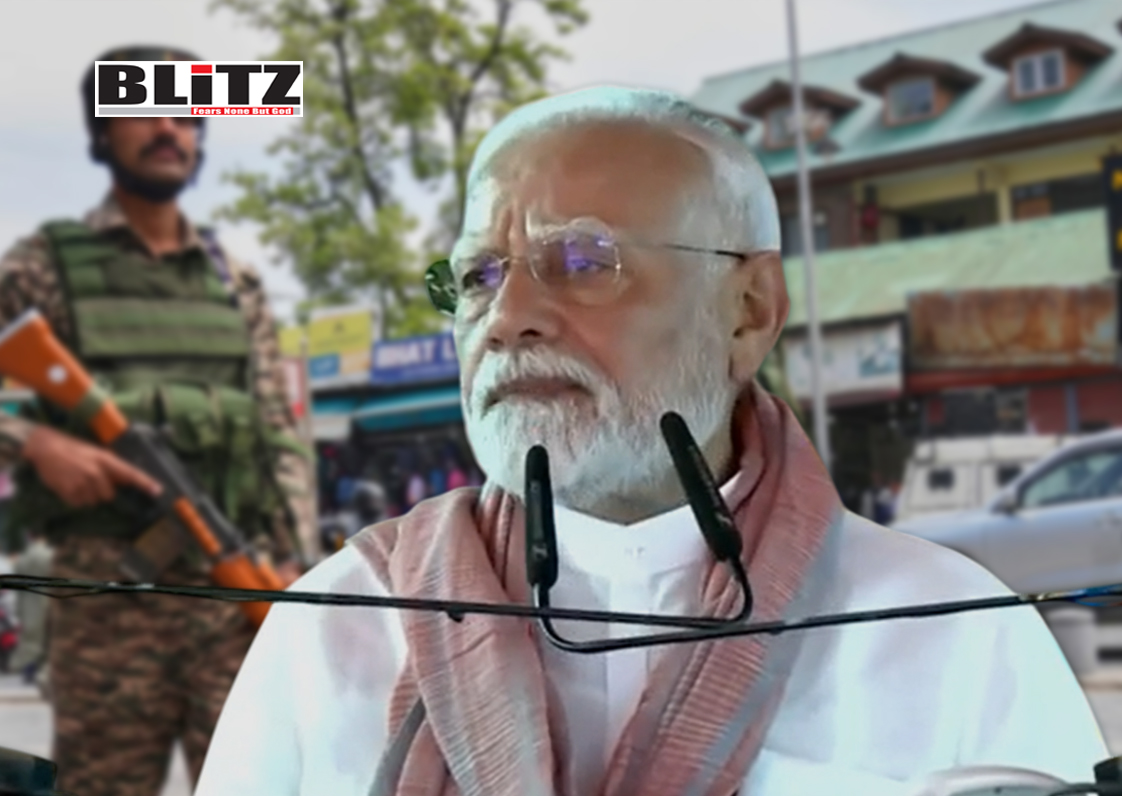


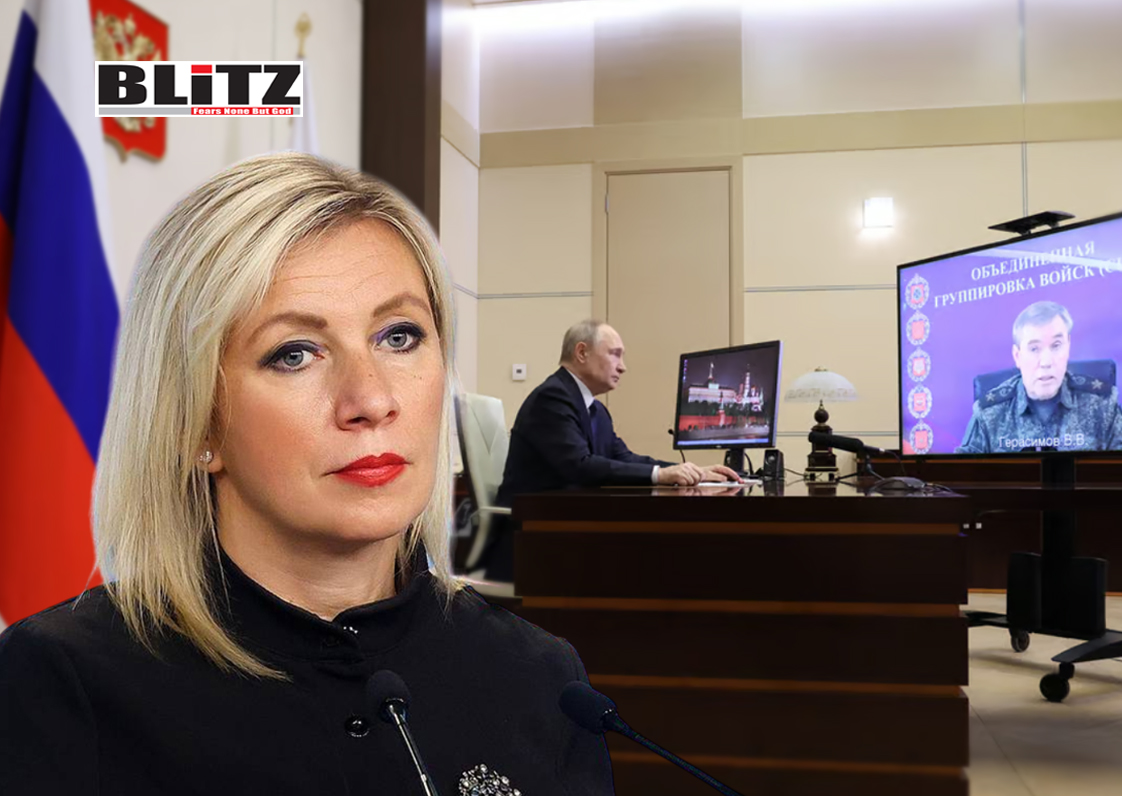
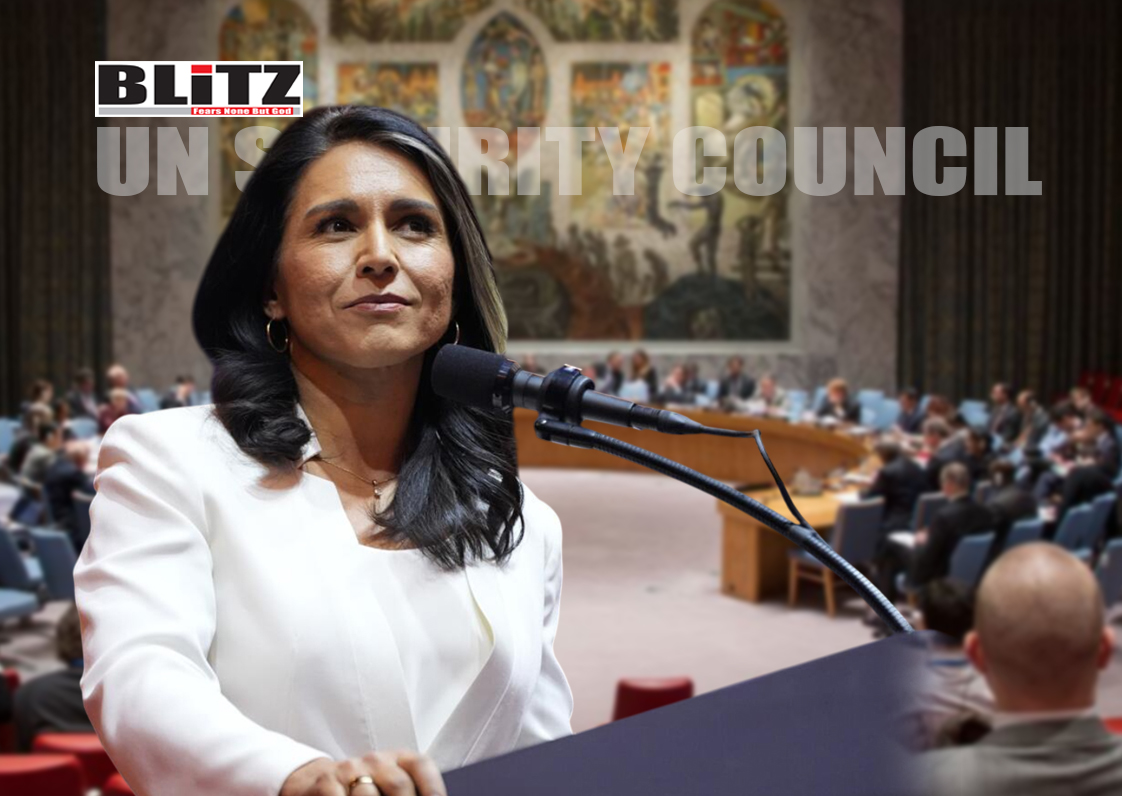
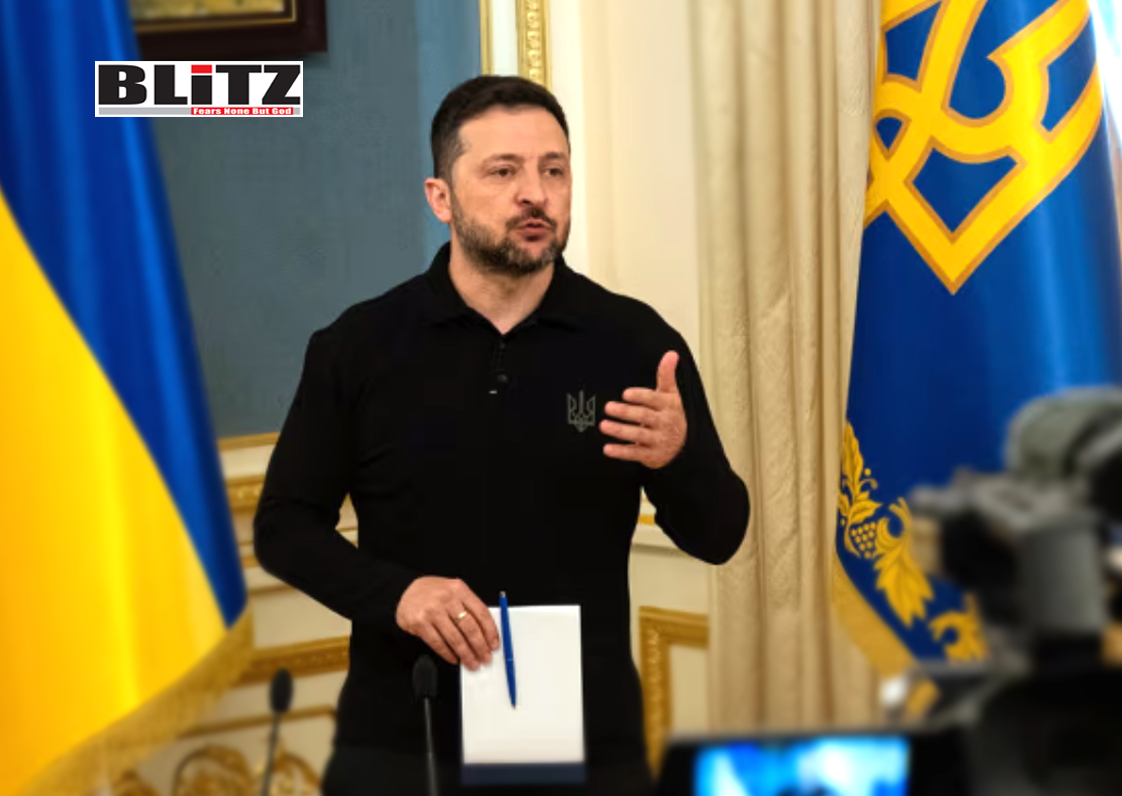
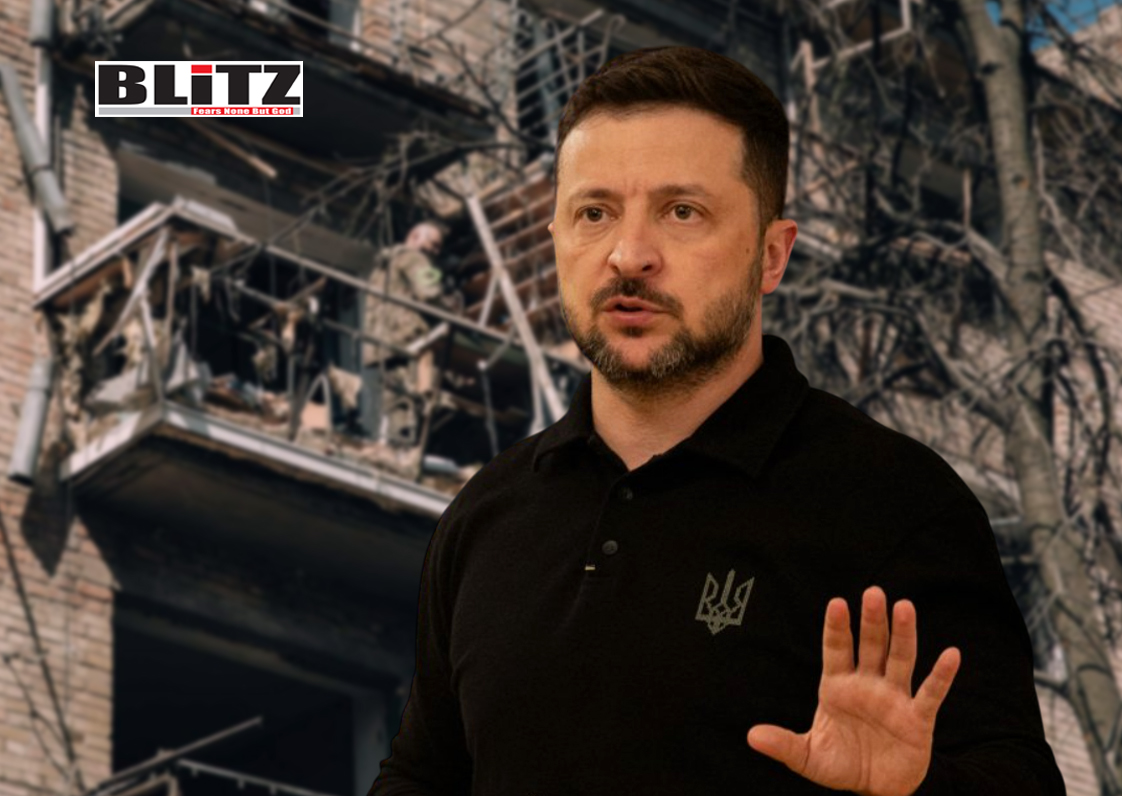

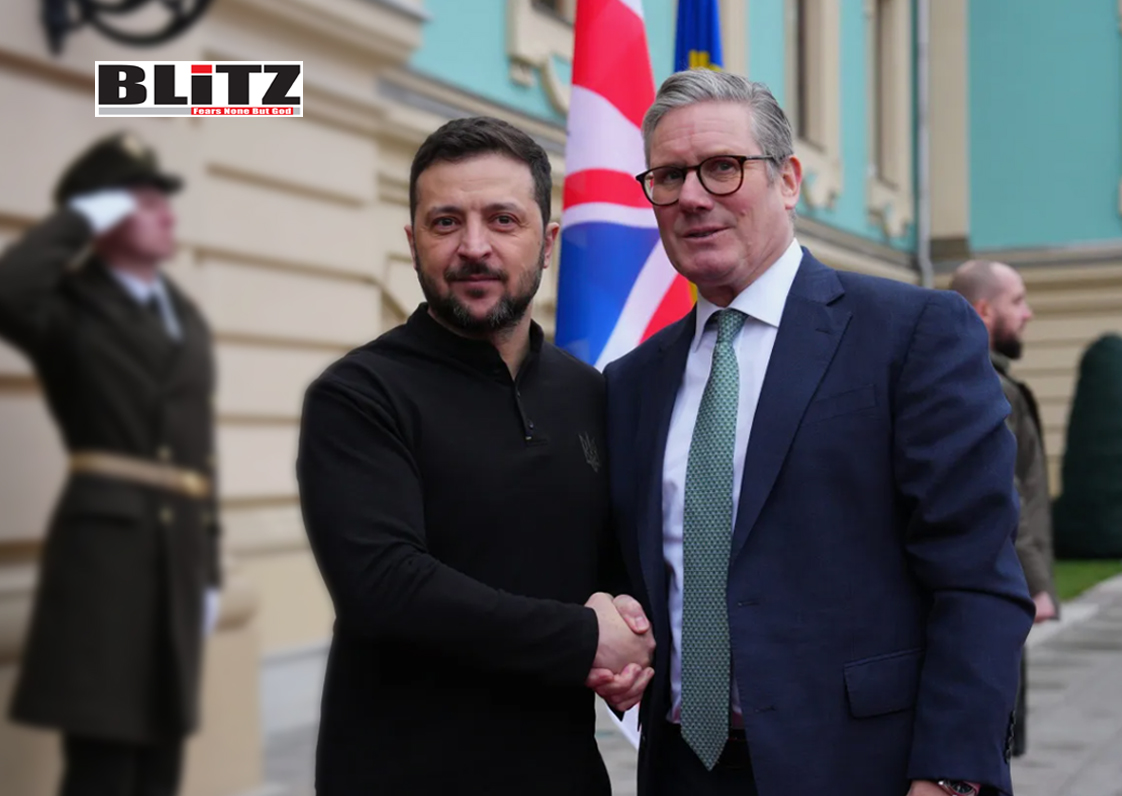

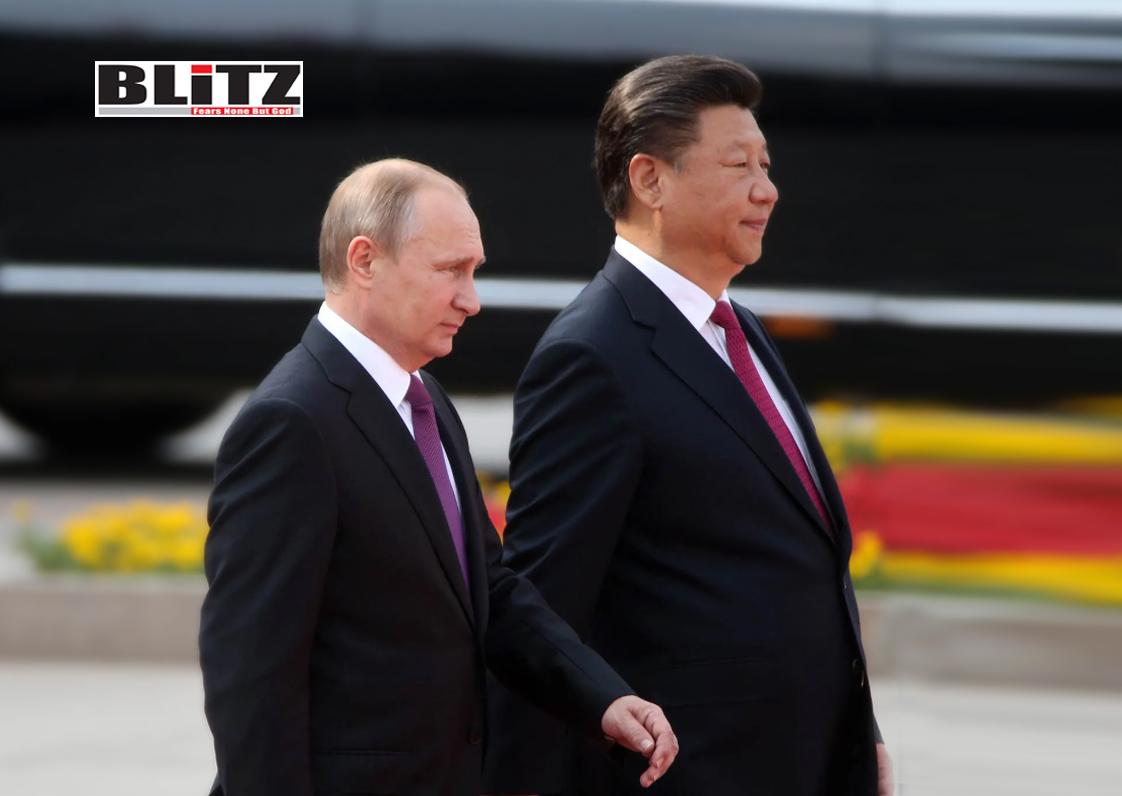
Leave a Reply